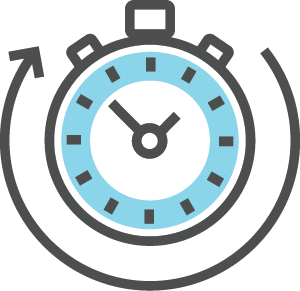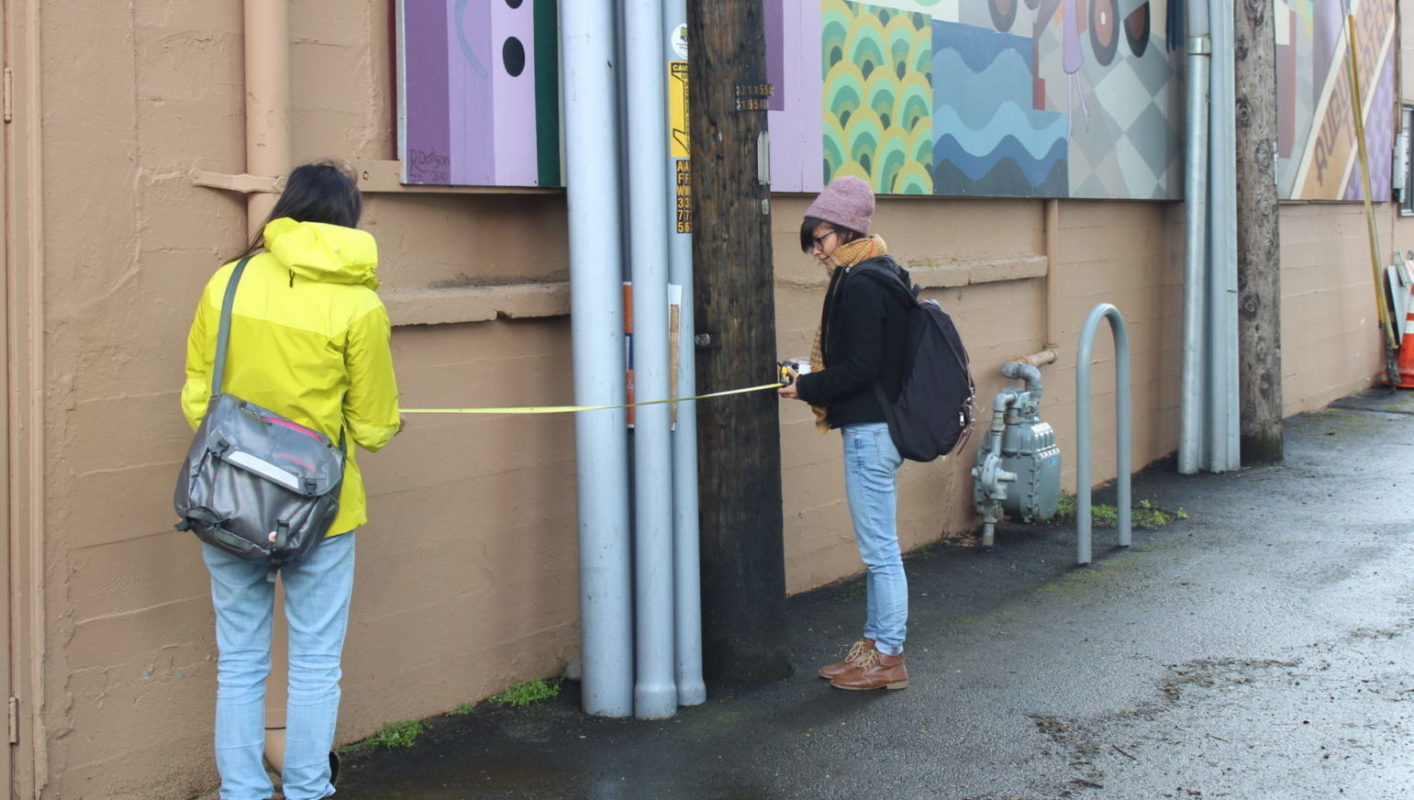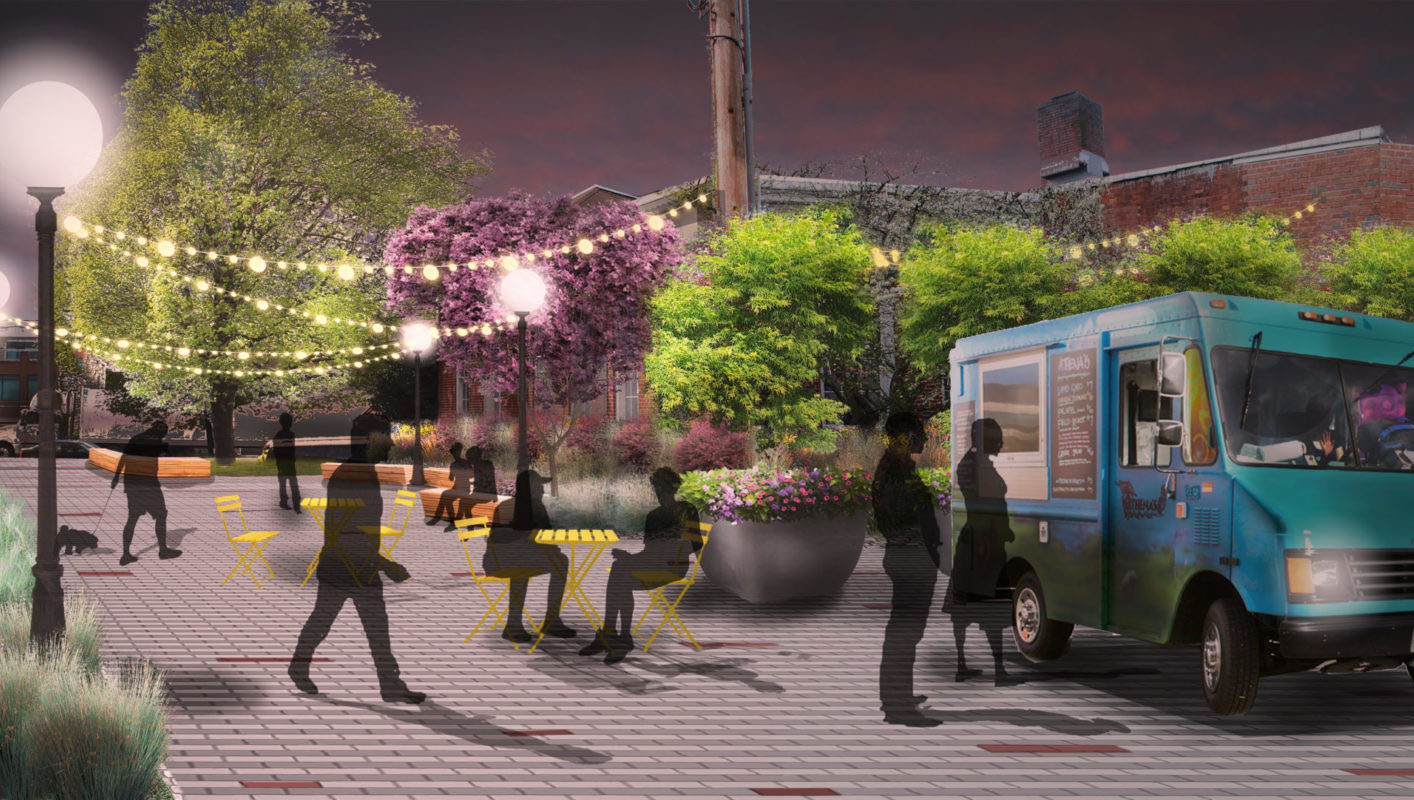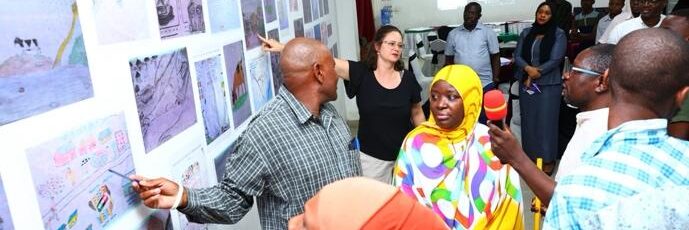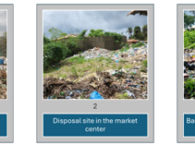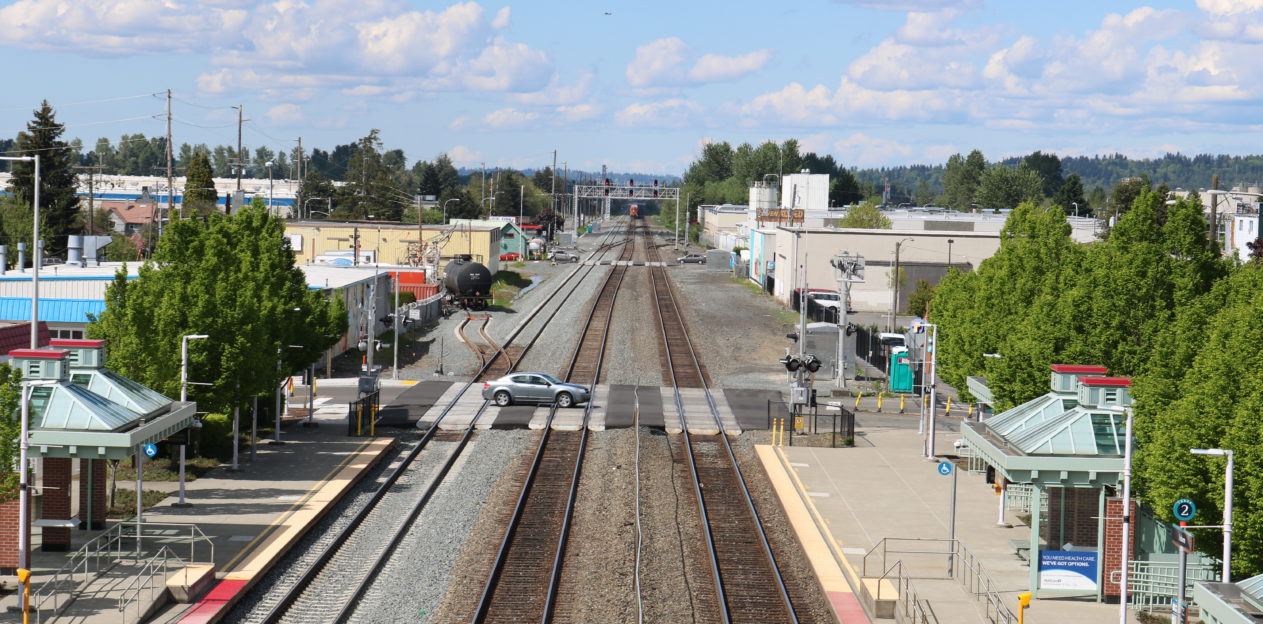
Auburn addresses the challenges of growth
A university partnership helped the rapidly growing city
Metrics
Community
Auburn, Washington, USCommunity Size
80,776 (2017)University
University of WashingtonProgram
Livable City YearYears
2016–2017Status
CompleteCase Type
Partnership StoriesSchool Size
0 - 20,000Focus Areas
Economic and Social InclusionDiscipline
FoodRegion
USABetween 2006–2016, the city’s population swelled more than 30 percent, from 58,700 to 76,300 people; by 2020, the population will grow to 85,000 people, an 11 percent increase. The boom corresponds with the breakneck speed of growth in Seattle, the state’s biggest city. In fact, Auburn and nearby Redmond are among the state’s fastest growing cities with populations of at least 50,000 residents.
The rapid growth brought problems: crime, homelessness, traffic gridlock, limited access to alternative transportation, and tensions among long-time residents. The city also faced persistent problems such as flood risk from the Green River and management of its wetlands, as well as the lack of synergy between the city’s different public social spaces.
In short, Auburn was growing too fast and was struggling to keep up.
For those reasons, Auburn officials decided to partner with the Livable City Year program (LCY), a multi-disciplinary organization at the University of Washington. As part of the Educational Partnerships for Innovation in Communities (EPIC-N) Network, LCY brings university resources to meet community needs. In Auburn, LCY coordinated 170 students in urban design and planning, landscape architecture, and public health to identify and deliver meaningful roadmaps during 2016–2017 to help Auburn find a holistic path forward, and not just in dealing with its current population, but in drafting ideas to use growth for success.
Auburn Mayor Nancy Backus described the experience as a “groundbreaking year.”
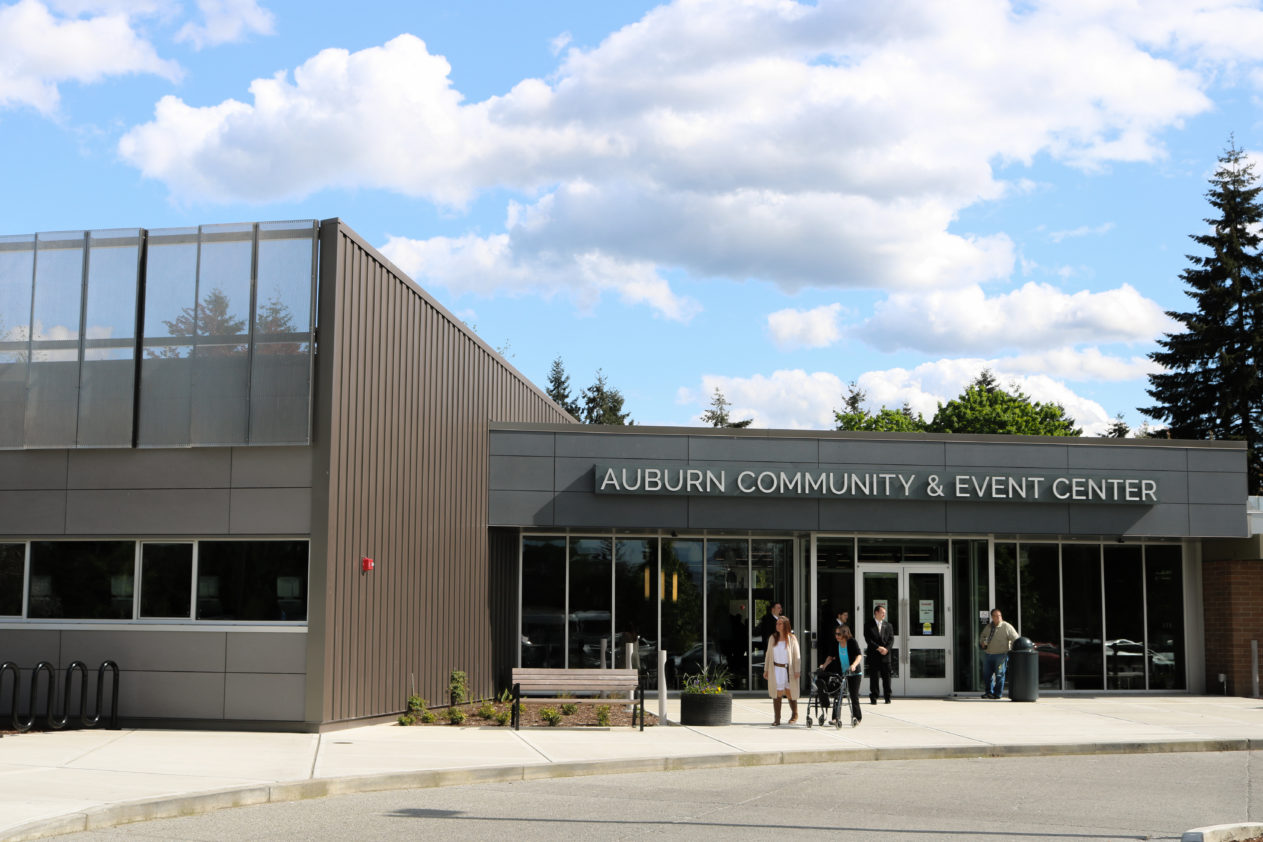
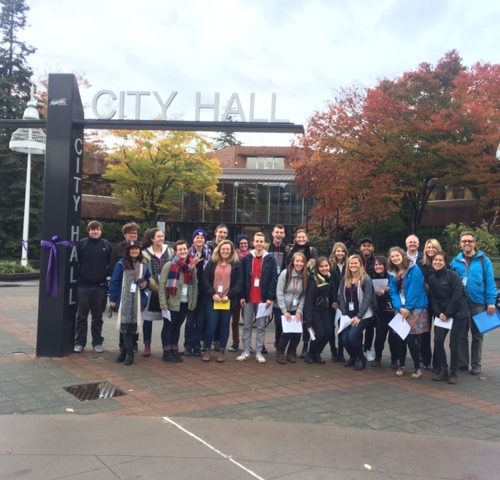
Auburn gets valuable return on its investment in student learning
Over the year, LCY produced several deliverables for Auburn, which included:
- A connectivity plan that included suggestions for code updates and infrastructure improvements.
- A website and mobile app to help local businesses market directly to local residents.
- A list of recommendations and consensus items on how to develop strategies to mitigate the area’s problem of homelessness.
- A strategy and tools to track, monitor, and maintain the city’s housing stock in an effort to maintain affordability and reduce pressure on resources.
- A strategy plan to educate residents about issues associated with the improper disposal of pet waste, fats, oils, grease, wipes, and pharmaceuticals to prevent clogging and environmental issues.
- The creation of an inventory of geographic information system (GIS) maps and mock road diagrams to inform and enhance future urban planning projects.
- Community profiles of Auburn’s five neighborhoods that identify shared issues in an effort to boost community engagement.
- A report assessing current stormwater equipment and technology — current costs, challenges, and benefits.
- A pilot school food share program that helps identify waste reduction strategies in public school cafeterias throughout the city.
- A framework for the city to implement strategic recommendations of the Health Impact Assessment (HIA) to boost healthy food options for residents.
- The redesign of an alley running between the Auburn Avenue Theater and Auburn Arts and Culture Center to provide the community with a public gathering space and public art display — an effort that will contribute to the revitalization of the city’s downtown.
University Capital
“The dedication that UW students put toward the partnership with Auburn is beyond compare.”
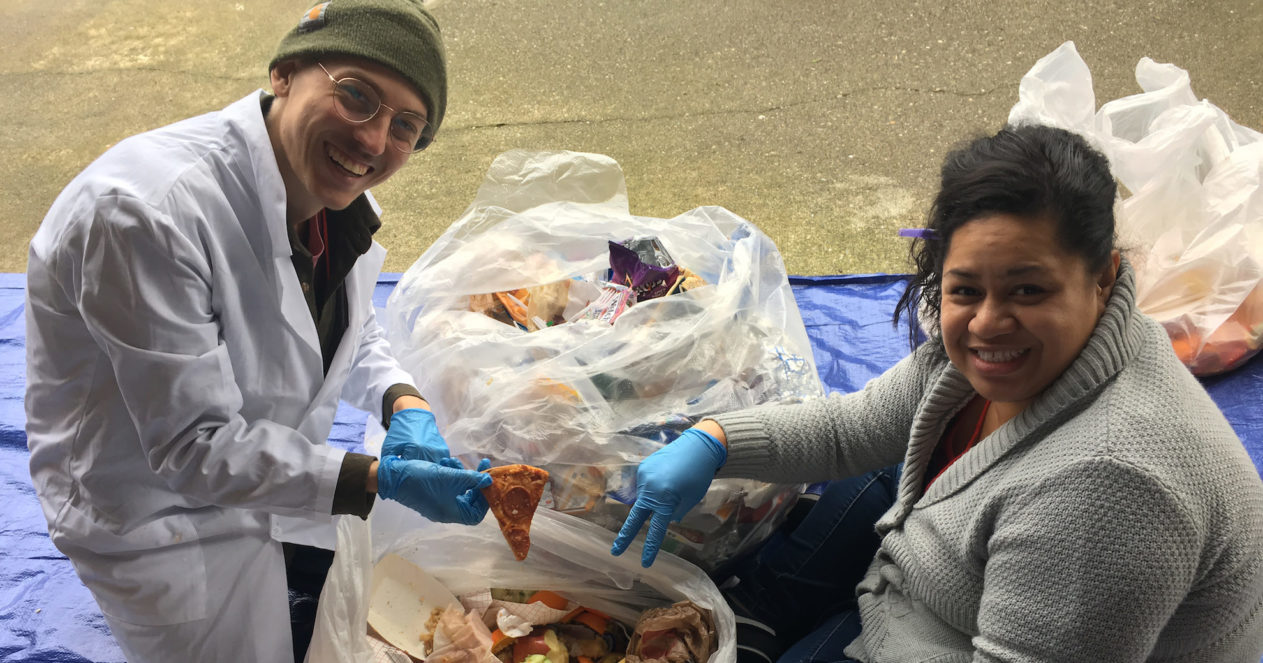
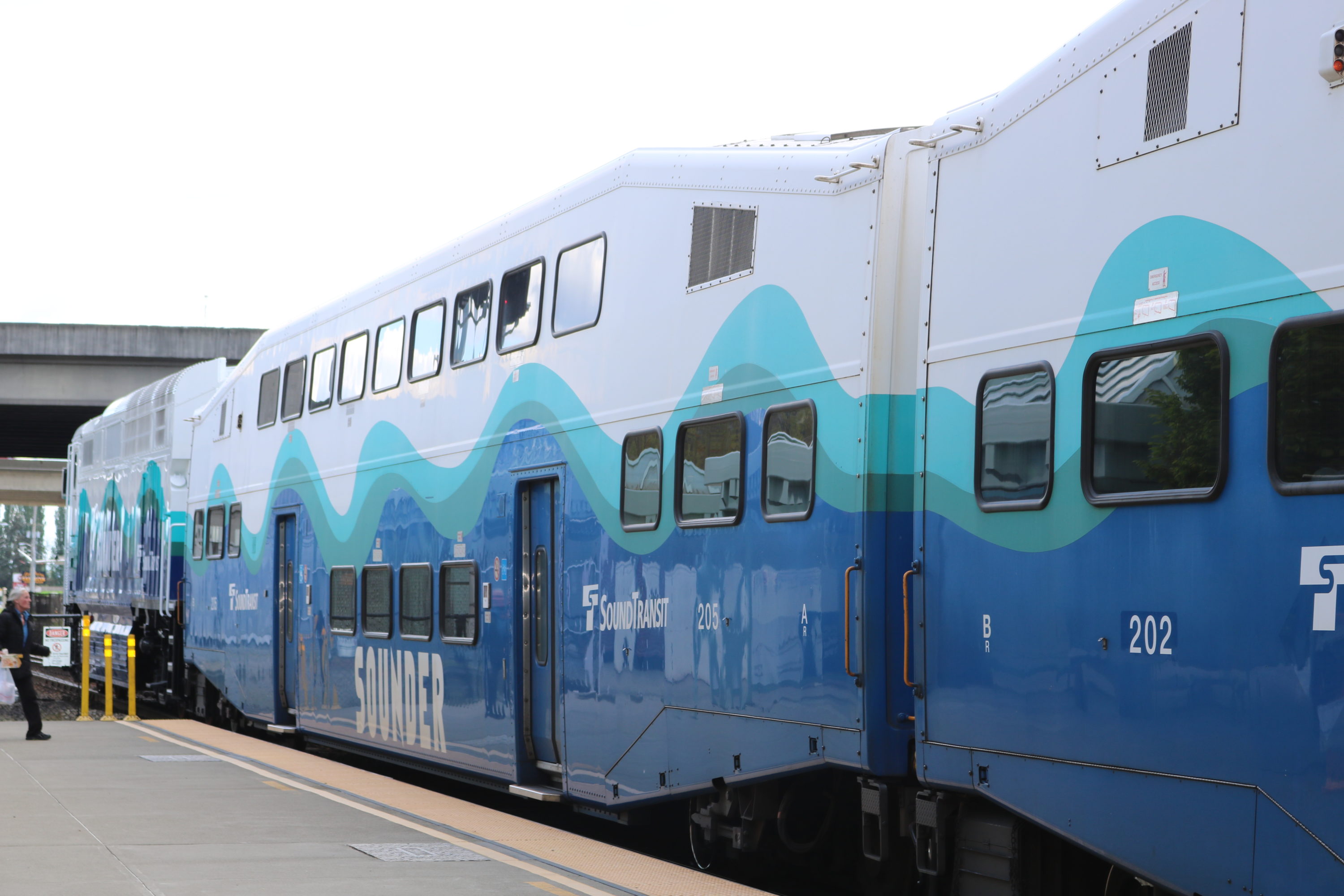
“It’s a great idea,” said Auburn Councilman Claude DaCorsi.
City officials praised the outcomes and said that the ROI of working with LCY was significant. “For the money community development put into these projects, we got a good bang for the buck. There was a lot more we got out of these projects than we would have gotten out of the private sector,” said Jeff Tate, interim Community Development Director.
Deputy Mayor Largo Wales agreed: “This program is an incredible example of what higher education can do for our community. Not only does this give students a unique hands-on learning opportunity, it provides the city with the opportunity to complete valuable projects that we would not have been able to otherwise.”


